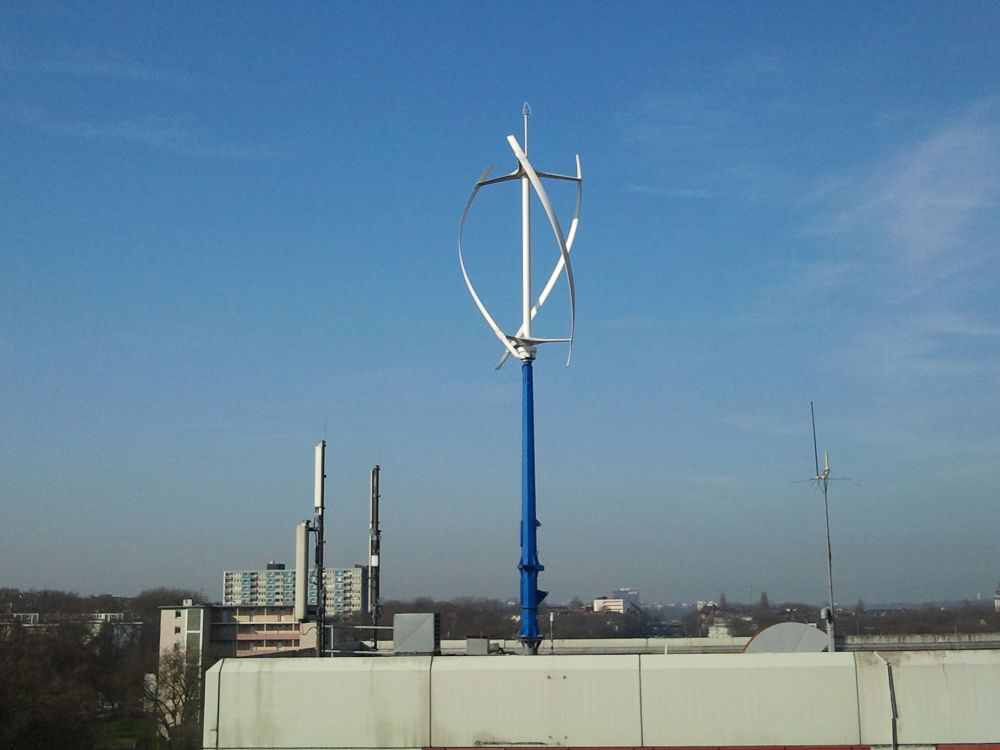Wind turbines built around an upright axis, rather than the horizontal axis of a traditional three-blade turbine, look cool. They use all sorts of swoopy spiral-ish designs to grab wind on one side of the axis while not being pushed back by it on the other side. Many are appealing as a form of kinetic sculpture, like giant gorgeous egg-beaters. They also take up a lot less space than a traditional design, and are often quieter.
There’s only one problem: They don’t work worth beans. This has been demonstrated many times, but inventors keep coming up with new designs. And they don’t work, either.


 Return to the Concord Monitor
Return to the Concord Monitor
Reduced to their basics, VAWTs are essentially drag turbines, and like all drag turbines they are inherently inefficient because half the time their energy-gathering parts are going against the wind, while the other half are going with it. You can reduce losses by making the trailing side more aerodynamic (like a cup anemometer), but even the most aerodynamic shape loses energy. Eventually the size and weight of the structure makes it almost impossible to come out ahead in terms of EROEI.
Not all are drag machines – some use lift. There are some videos by Rosie on VAWTs and she explains.
Absolutely right. From the Pinson cycloturbine to the Darius rotor pushed by Alcoa, they have never delivered the promised power. Failure mode is pretty spectacular too.